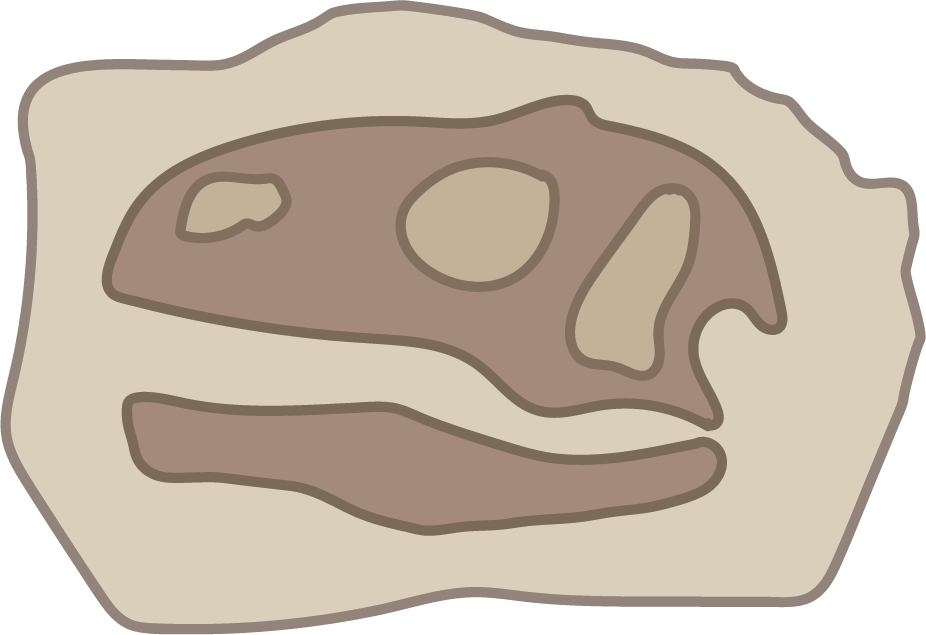GeoBus offers online workshops to primary schools, secondary schools and further education colleges. Workshop descriptions will give you more detailed information on the set-up times, session capacity, running time and target year groups.
VIRTUAL Secondary school and Further Education Workshops
Earthquakes and seismic waves
Year groups: 7-11 (can be adapted to suit most ages)
Max capacity per workshop: No Limit
Set up time: 5 minutes
Running time: 45 minutes
Learning objectives:
1. Describe the cause of an earthquake.
2. Describe the key differences between longitudinal and transverse waves.
3. Name two types of seismic wave: P and S and explain that P waves are longitudinal
and S waves transverse.
4. Explain how observations of P and S waves are used to identify the Earth’s core.
This workshop uses 3D glasses and 3D images to show tectonic plate boundaries.
Arctic, Sea ice and Climate Change
Year groups: 7-11 (can be adapted to suit most ages)
Max capacity per workshop: No limit
Set up time: 5 minutes
Running time: 45 minutes
Lesson objectives:
1. State the difference between climate and weather
2. Describe the composition of the atmosphere
3. Explain the greenhouse effect in terms of interaction of short and long
wavelength radiation
4. Explain the role of sea ice in maintaining the global temperature.
This workshop uses 3D glasses and 3D images to explore the Arctic climate.
Planets in the Solar System
Year groups: 7-11 (can be adapted to suit most ages)
Max capacity per workshop: No limit
Set up time: 5 minutes
Running time: 45 minutes
Lesson objectives:
1. Learn the names and order of the planets in the Solar System.
2. Identify the Sun as our nearest star.
3. Identify other objects in the solar system.
Students use 3D glasses to explore Mars in 3D and can construct a 3D model of Mars.
What is earth sciences?
Year groups: Year 7 - 13 (can be adapted to suit all ages)
Max capacity per workshop: No limit
Set up time: 5 minutes
Running time: 45 minutes
Lesson objectives:
Discover the diverse and exciting careers that can lead from a degree in Earth Sciences.
Students use 3D glasses to identify 3D rocks, construct a 3D fossil and 3D model of Mars.
Geology (The rock cycle)
Year groups: Year 7 - 9 (can be adapted to suit all ages)
Max capacity per workshop: No limit
Set up time: 5 minutes
Running time: 45 minutes
Lesson objectives:
1. Describe physical properties of rocks.
2. Describe and explain the rock cycle.
Students use 3D glasses to identify 3D rocks.
Fossils
Year groups: Year 7 - 9 (can be adapted to suit all ages)
Max capacity per workshop: No limit
Set up time: 5 minutes
Running time: 45 minutes
Lesson objectives:
1. Describe how fossils are formed.
2. Describe the features of different fossils.
3. Explain how fossils are evidence for evolution.
Students use 3D glasses to identify 3D fossils.
Evolution of the atmosphere
Year groups: Year 7 - 11 (can be adapted to suit all ages)
Max capacity per workshop: No limit
Set up time: 5 minutes
Running time: 45 minutes
Lesson objectives:
1. Describe the current understanding of how the atmosphere originally formed
2. Describe and explain how the atmosphere evolved over time
3. State the current composition of the atmosphere
Students pop-out and construct the Geological time tower puzzle to learn the stages in Earth’s history.








